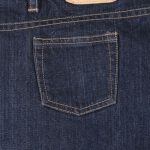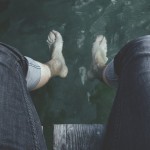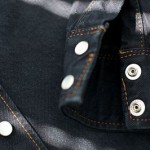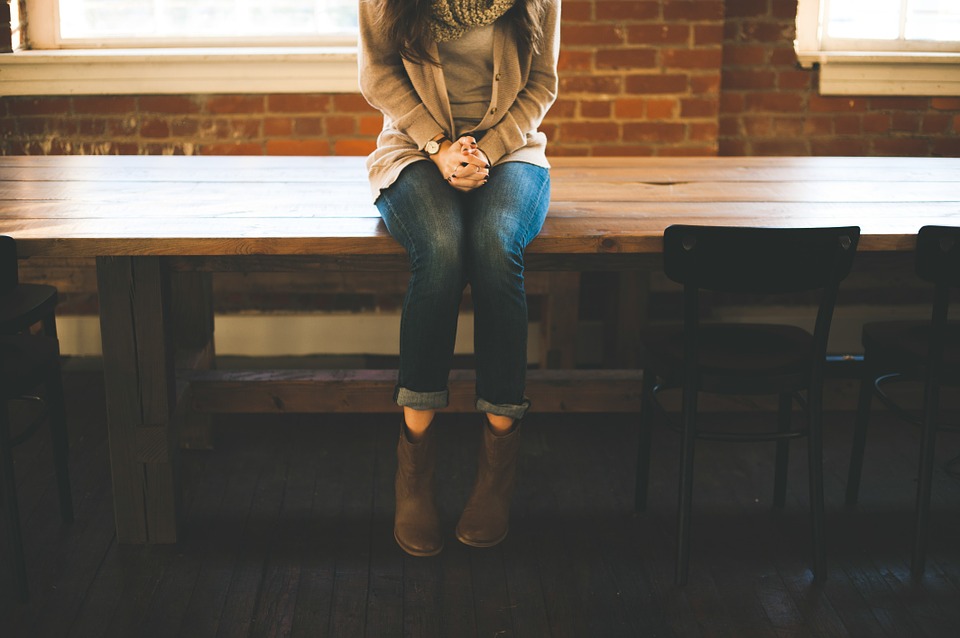
by MakeYourOwnJeans | jeans |
Although they can be worn all 12 months of the year, jeans are particularly popular during winter. This shouldn’t come as a surprise considering that jeans are warm, durable, comfortable and stylish. When the fall season is over and you’re ready to switch to your warmer garments, you can’t go wrong with a pair of high-quality denim jeans. To create the best possible look, however, you should follow these dos and don’ts when wearing jeans during the winter. Do Choose a Dark Color Stick with a pair of dark-colored jeans to wear during the winter. Light colors, such as faded blue or even white, are better suited for the warmer months. In comparison, dark colors, such as indigo and black, are better suited for the cooler months. Most men and women will agree that dark-colored denim looks cleaner and more formal than light-colored denim as well, which is another reason to wear dark-colored jeans during the winter. Don’t Wear Distressed Jeans Why shouldn’t you wear distressed jeans during the winter? In some cases, it’s perfectly fine to wear them. When the weather gets cold, though, the frayed, worn design of distressed jeans means some of your skin will be exposed to the elements. As a result, wearing them may leave you cold and uncomfortable. You can still experiment with distressed jeans during the winter, but you’ll probably find that traditional, non-distressed styles work better for this time of year. Do Wear Them With the Right Shoes Your shoes will affect the appearance of your jeans and vise-versa. During the winter, you should wear shoes that flow cohesively with the...

by MakeYourOwnJeans | jeans |
Do you experience chafing when wearing denim jeans? Well, you aren’t alone. Countless men and women suffer from this problem when wearing certain types of clothes and garments. This phenomenon occurs when something — either your skin or a garment — rubs against your body, thereby causing a painful injury known as chafing. While chafing typically doesn’t require medical attention, it’s still something that most people want to avoid. So, if you’re battling this problem, consider the following tips to prevent chafing when wearing denim jeans. Choose Skinny or Slim-Fit Jeans The first step to preventing chafing is to choose the right type of jeans. We’ve talked about this before on our blog, but it’s worth mentioning again that there are more a dozen different types of jeans, ranging from relaxed and loose fit to skinny and slim fit. Some people assume that relaxed and loose-fit jeans are less likely to cause chafing because they offer extra space in the thighs and legs. They do in fact offer extra space, but this actually makes them more likely to cause chafing. The extra space in relaxed and loose-fit jeans means there’s a greater risk of your thighs and legs rubbing together, thereby causing chafing. To lower the risk of chafing, choose a slimmer type of denim, such as skinny or slim fit. Both of these popular types of denim are form fitting, so your skin generally won’t rub together while wearing them. Consider Stretch Denim Another tip to prevent your denim jeans from chafing is to choose stretch denim. For the average person, stretch denim jeans may look the same...
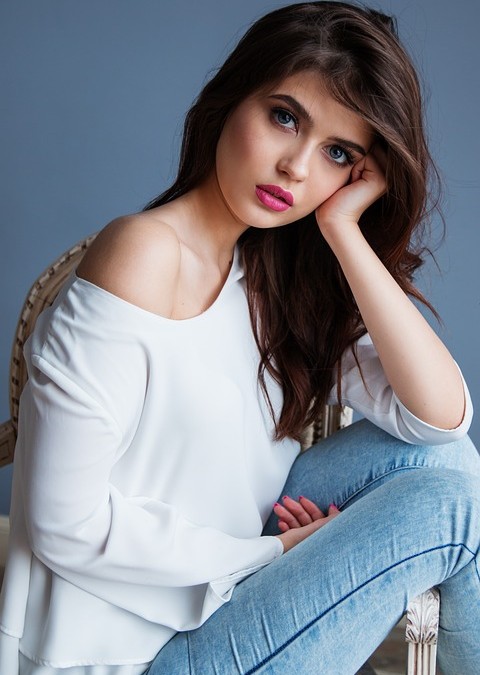
by MakeYourOwnJeans | jeans |
Have your jeans faded to a lighter color? It’s frustrating when you buy a pair of dark indigo jeans, only to discover that they’ve faded to a light blue color just a few weeks later. While you can still worn faded jeans, they won’t offer the same aesthetic value. Therefore, you should follow some basic steps to protect your jeans from fading. The first step to preventing this from happening to your jeans is to understand why jeans fade. Although there are many causes of fading, below are the nine most common reasons why jeans fade. #1) Raw Denim Jeans made of raw denim are more likely to fade than jeans made of washed denim. This is because raw denim hasn’t been washed during the production process. It’s called “raw” denim because the denim is untouched and unwashed. While some people prefer the dark color of raw denim jeans, these jeans are more likely to fade than washed or dry denim jeans. If you’re worried about your jeans fading, choose jeans made of washed or dry denim. Unlike their raw counterpart, these jeans have been washed during the production process, so less dye will leach from the fabric when you wash them. #2) Hot Water Washing your jeans in hot water will increase the risk of fading. Exposure to hot water causes the dye to release from the denim fabric. Your jeans won’t necessarily turn white after washing them in hot water. Rather, they’ll fade to a lighter tone if you continue to wash them in hot water. To prevent this from happening to your jeans, wash them in...
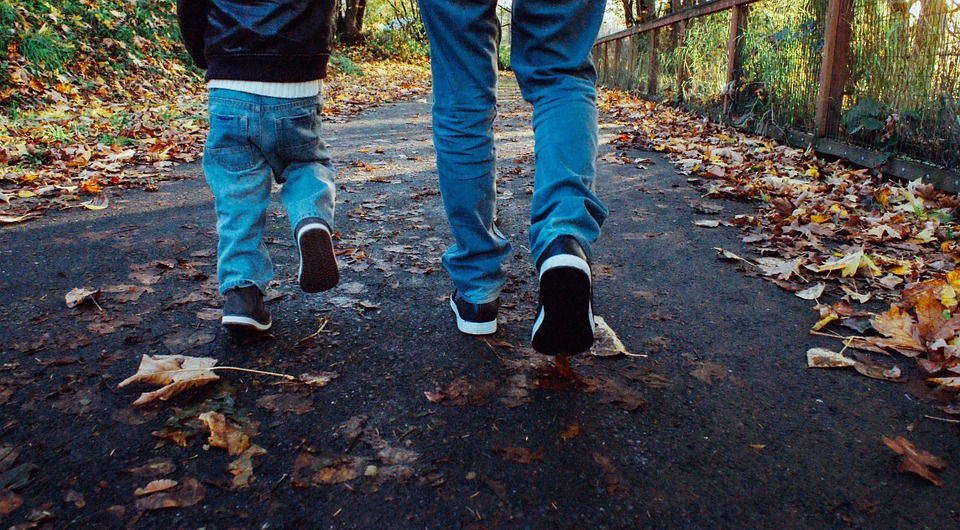
by MakeYourOwnJeans | jeans |
Worn by millions of men, women and children on a daily basis, jeans have become the world’s most popular type of pants. Characterized by a denim construction, they offer the perfect balance of comfort, style and durability. Whether it’s the summer, fall, winter or spring, you can’t go wrong wearing a pair of high-quality jeans. When choosing a pair, though, you should pay attention to the number of pockets it has and where those pockets are located. While this may seem like a subtle design element, pocket configuration will affect the jeans’ appearance and functionality. The First Pair of Jeans Had Four Pockets According to Levi Strauss, the world’s first pair of denim jeans — originating in California during the Gold Rush — had four pockets. Granted, you may assume that these early-model jeans had two pockets in the front and two pockets in the back, but this isn’t necessarily true. Levi Strauss explains that the first pair of jeans actually had one pocket in the front and one pocket in the back, but each of these pockets had a second, smaller pocket inside it. This design has since been phased out in favor of the modern pocket configuration, which consists of two pockets in the front and two pockets in the back, all of which also have a smaller pocket inside it. The Scoop on the Small Pocket: What You Should Know Regardless of what type of jeans you own, they probably have small pockets inside the larger pockets. As previously mentioned, this was a staple element in the first pair of jeans. And even after all those...
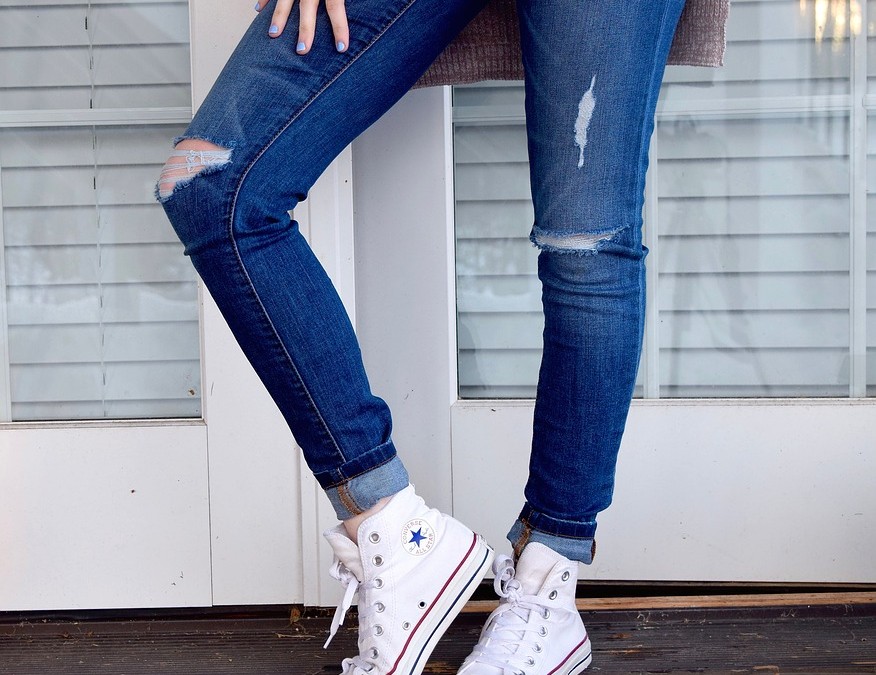
by MakeYourOwnJeans | jeans |
You shouldn’t limit yourself to only wearing traditional, standard-fit jeans. While there’s nothing wrong with standard fit, other fits may offer a better appearance and comfort. Skinny jeans, for example, have become increasingly popular in recent years due to their “slimming” appearance. Also known as slim-fit jeans, they are characterized by a unique design in which the leg opening is narrow and either runs straight or becomes more narrow towards the bottom. This is in stark contrast to standard-fit jeans, which have a larger leg opening that, in some cases, becomes wider towards the bottom. But if you’re thinking about investing in a pair of women’s skinny jeans, you should follow some tips to create the best look. Go Light Light colors, such as light blue or even white, typically offer the best look for skinny jeans. You can still explore other colors, but you really can’t go wrong with light blue or white. Light colors such as these compliment the natural slim-fit style of skinny jeans. In comparison, dark colors minimize the body-contouring effects of skinny jeans, making them a poor choice. For these reasons, it’s recommended that you go with a light color when choosing a pair of skinny jeans. Selvedge Denim All jeans made of selvedge denim are stylish, but skinny jeans are particularly stylish. This is because selvedge denim features a woven band of fabric at the bottom of each leg. The purpose of this band is to protect the bottom of the jeans from fraying or curling. A side benefit of selvedge denim, however, is its unique appearance. The bottom of the jeans are...
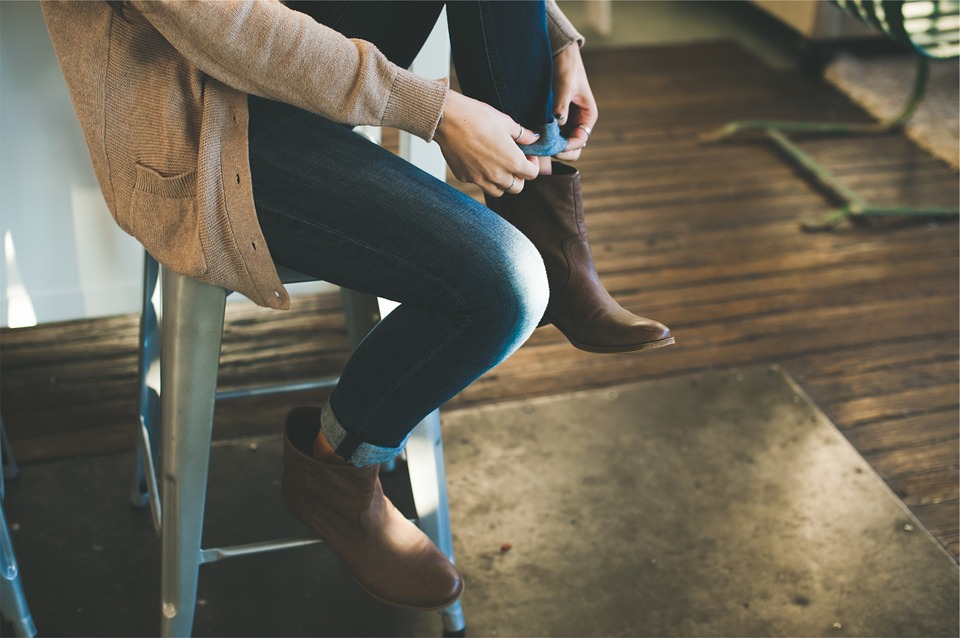
by MakeYourOwnJeans | jeans |
Jeans are the preferred choice of pants by millions of men and women. Characterized by a denim construction, they offer the perfect balance of style, durability and comfort. Like all garments, though, even jeans are susceptible to their own problems. The good news is that you can avoid these problems by taking some basic precautions. In this post, we’re going to list the nine most common problems with jeans and how to avoid them. #1) Bottom of Dragging on the Ground Allowing the bottom of your jeans to drag on the ground is never a good idea. Over time, the bottom will begin to fray and unravel, creating serious damage that’s difficult to repair. You can prevent this from happening, however, by rolling up the bottom of your jeans. Simply roll up about 1/2 to 1 inch of fabric at the bottom of each leg. If it’s not secure enough to stay in place, create a second roll over the existing roll so that it’s tighter. #2) Staining Shoes Have you purchased a new pair of jeans, only to discover that they stained your shoes the first time you wore them? While not all jeans suffer from this problem, it’s still more common than you’d think. The phenomenon occurs when the indigo dye within a pair of jeans is released and absorbed into the shoes. There are a few ways to prevent jeans from staining your shoes, though, beginning with choosing washed denim. Unlike raw denim, washed denim has already been washed, so it’s less likely to bleed colors. Additionally, go ahead and wash your jeans once or twice...








